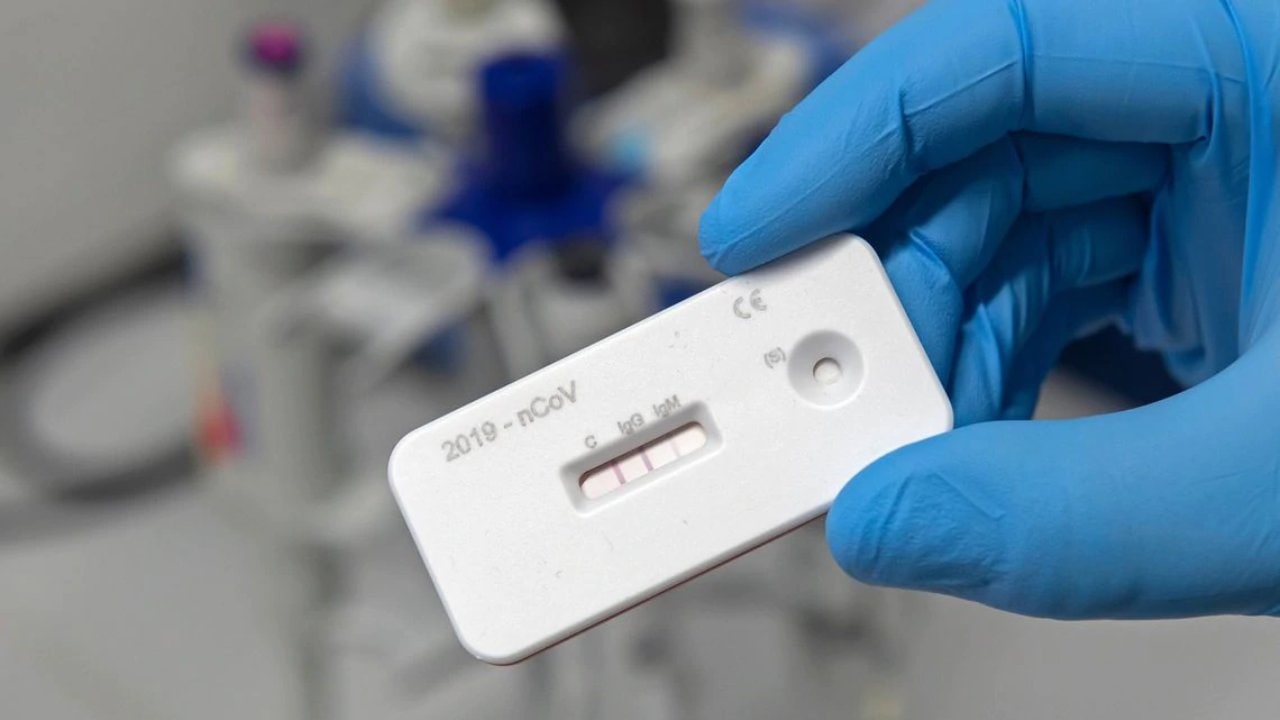Over the past few months, a series of serosurveys for detecting the spread of COVID-19 have been carried out in India. The surveys are meant to identify the percentage of the Indian population with antibodies against SARS-CoV-2, as an indicator of how widespread COVID-19 is in the population. The Indian Council of Medical Research led a national survey starting May 2020, the findings of which suggest that the seroprevalence in a selection of districts across India was 0.73 percent. A follow-up survey done in August showed that seroprevalence in the same districts increased to 7.1 percent. Between May and August, city/state-level surveys have shown varying seroprevalence, ranging from 0.25 to 51 percent. The findings from these surveys points to a huge disparity in the expected number of COVID-19 cases, based on the seroprevalence, and the official number of cases reported from RT-PCR/rapid testing across the country. India needs to adopt an aggressive testing and contact tracing strategy, if we are to curb the spread of the disease.
Estimating the asymptomatic population
Ultimately, the sampling methodology will decide how well this data can be extrapolated to the Indian population as a whole. Serosurveys help determine the spread of the disease in a population, by studying the prevalence of antibodies in a sample size of the same population. Antibodies are telling of a person’s encounter with a pathogen (in this case, SARS-CoV-2) over a limited period of time before the survey. This is an important exercise for COVID-19, since a majority of patients with the infection remain asymptomatic. These people might not get tested, and will likely be left out of local and national monitoring for COVID-19.
A nationwide testing shortfall
The first national serosurvey (11 May to 4 June) indicated a seroprevalence of 0.73 percent. Even as a simulation exercise, 0.73 percent seroprevalence translated to some 6.4 million COVID-19 cases at the population (national) level. The actual reported cases in early May was 53,000. This suggests that 81 positive cases were missed per person who tested positive by RT-PCR testing. There are two possible reasons for this disparity:
- inadequate capacity to test the required number of samples
- lack of a comprehensive strategy to capture as many positive cases as possible.
[caption id=“attachment_8559041” align=“alignnone” width=“1280”]  An antibody testing kit for COVID-19. Image: CCPP19[/caption] India’s test positivity rate – number of positive samples / total number of tests performed – was at around five percent in May 2020. If 6.4 million cases were to be detected at a positivity rate of five percent, 128 million tests will need to have been performed by May. In fact, India had performed only 2 million cases by mid-May. By September 2020, India had just crossed the 60 million testing tally, with a rolling average of roughly 10 lakh tests per day. This is indicative of an enormous gap in capacity and demand for testing. Testing capacity needs to be ramped up to aggressively test, trace and isolate COVID-19 positive individuals. But an important point to note is that the recent increase in COVID-19 testing has come largely from an increase in the use of rapid test kits. Experts have warned that rapid tests aren’t always reliable, and India might be missing out on several cases because of inaccurate testing alone. RT-PCR remains the gold standard of testing and it is this capacity that needs to be strengthened.
Early restrictions on widespread testing
Another reason for the huge disparity could be the stringent criteria set by ICMR for availing COVID-19 testing. Till 18 May, ICMR only allowed symptomatic individuals who had travelled internationally in the last 14 days, their symptomatic contacts, symptomatic health care workers, patients with Severe Acute Respiratory Illness or Influenza-Like illness, and asymptomatic, high-risk contacts of confirmed cases, to be tested. This precluded a large of number of people from getting tested, even if they were symptomatic. This has since changed, with prescription-free testing rolled out nationwide in September. The early impositions on widespread testing may have very well slammed the brakes on the aggressive testing needed to isolate COVID-19 cases and keep them from spreading it in the population. A similar trend has been seen in state/city level serosurveys performed since the first national one. In some places such as Punjab and Bihar, the number of missed cases per confirmed case, was as high as 500-600. These surveys can be used to identify local demand for testing and accordingly plan for increase in testing capacity.
| State/City | Time period | Sample size | Sero-prevalence | Estimated no. of cases | Actual no. of cases reported before the survey | No. of cases missed per confirmed case |
|---|---|---|---|---|---|---|
| Punjab | 1–17 Aug | 1,250 | 27.7% | 76,74,008 | (25th July) 12,684 | 605.01 |
| Bihar | May | 2,400 | 0.7% | 6,93,000 | (19th May) 1,391 | 498.2 |
| Andhra Pradesh | Aug | 65,000 | 19.7% | 1,66,66,200 | (25th July) 88,671 | 187.96 |
| Delhi | 27 Jun–10 Jul | 21,387 | 23.4% | 46,96,000 | (20th June) 53,116 | 88.41 |
| Ahmedabad | 11 Jun–11 Jul | 30,054 | 17.6% | 9,80,320 | (8th June) 20,574 | 47.65 |
| Indore | 11–23 Aug | 7,103 | 7.75% | 1,54,566 | (5th Aug) 7,735 | 19.98 |
| Chennai | 18–28 Jul | 12,045 | 22% | 1,022,281 | (10th July) 73,728 | 13.87 |
While it is safe to assume that COVID-19 cases are far higher than the official counts, these results should not be misinterpreted to show that India is headed towards herd immunity. The proportion of neutralizing antibodies (responsible for fighting the virus) out of the detected antibodies is not known. Hence, complacency should not seep into active testing. It is commendable that India’s testing capacity has increased from a few thousand per day in April to 11 lakh per day by September. However, India evidently needs to do more to isolate and curb the spread of COVID-19 in the country. The focus has to be on direct RT-PCR based testing to (accurately) test, trace and isolate COVID-19 positive individuals. Sunila Dixit is a Research Analyst at the Takshashila Institution and her research focuses on various areas of public health. She tweets at @SunilaDixit Shambhavi Naik is a research fellow with Takshashila’s Technology and Policy programme. She tweets at @TheNaikMic.


)

)
)
)
)
)
)
)
)



